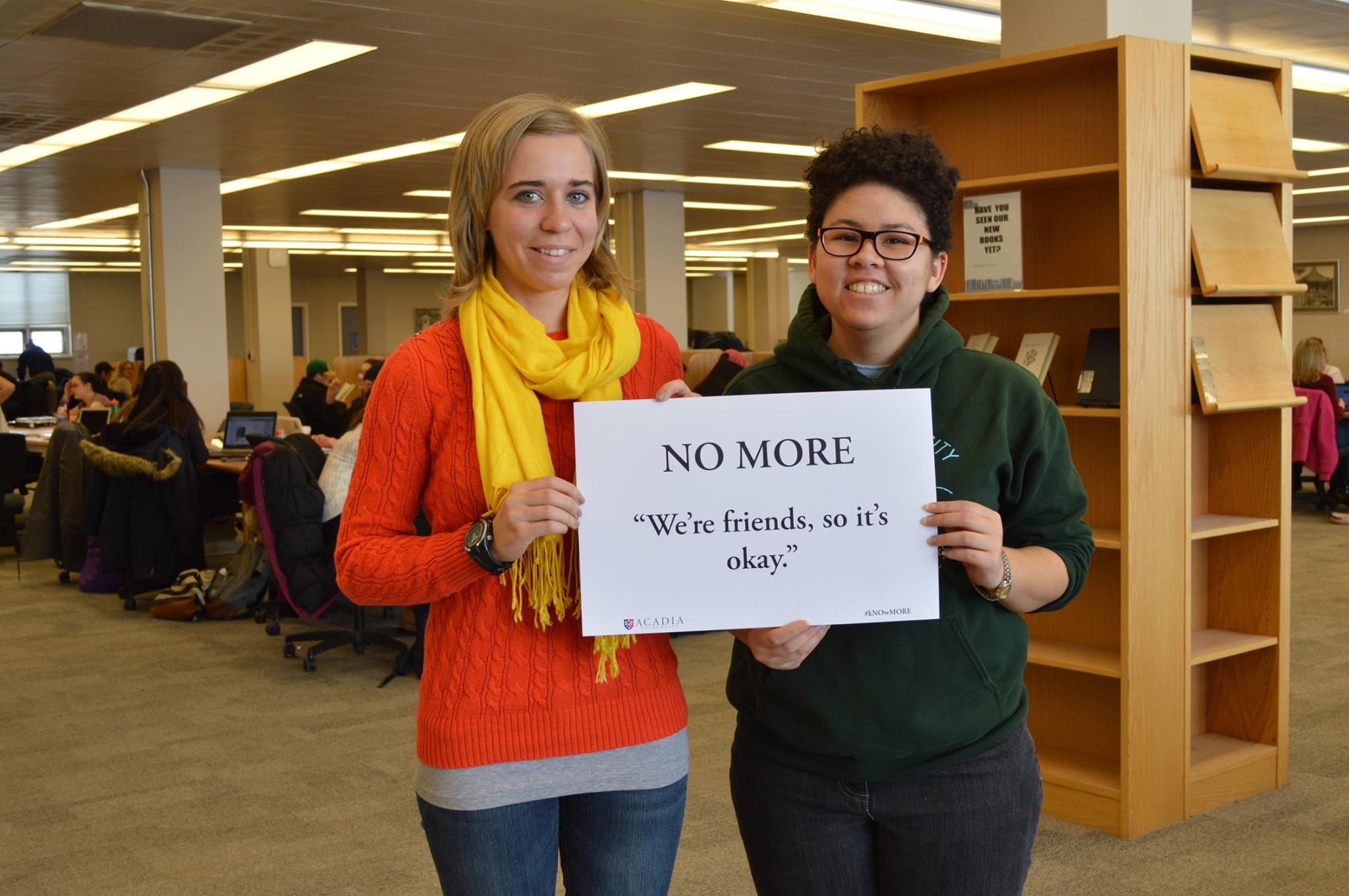44% of women or 6.2 million women aged 15 and older in Canada have reported some kind of abuse in their intimate partner relationship. Intimate partner violence (IPV), also referred to as domestic violence is a prevailing form of gender-based violence that causes harm in many ways by all parties involved. It refers to many forms of harm caused by a current or former intimate partner or spouse. Intimate partner violence can take place in many relationships including within a marriage, common-law, or dating relationship. It can happen at any time during a relationship, even if it has ended. As well as whether or not the partners are sexually active or live with one another. IPV impacts people of all genders, racial, ethnic, ages, religious, and cultural backgrounds. However, women report for the better part of people who experience this form of gender-based violence, which is often most perpetrated by men. IPV has serious impacts on children who are exposed to it. While the police-reported data shows that women are overrepresented in those who experience IPV, the real number is underreported because so many women don’t go to the police to report their experiences. Those who endure IPV feel fear of shame and stigma, believe IPV should be a private matter, fear of the court system, and lack of trust in the criminal justice system. Among those who have experienced intimate partner violence in their lifetime (since the age of 15), women are four times more likely than men to have ever been afraid of a partner . IPV can come in a variety of ways whether it is in a public, private, or online space. We need to realize IPV is not a new issue, it has been occurring for years. While yes, the government has taken steps to address the ongoing issue, much more still needs to be done.
Something I found interesting is that young women aged 15 – 24, are five times more likely to experience sexual assault than women 25 and older. They are also three times more likely to be physically assaulted and emotionally, financially, or psychologically abused by an intimate partner . This shows that younger women are clearly at higher risk of enduring IPV. Younger women can feel vulnerable and be taken advantage of while being fearful of what their partner may do if they leave. It is difficult to pinpoint the main factors that contribute to intimate partner violence as it can range from many different circumstances. Individual risk factors of IPV include low self-esteem, heavy alcohol and drug use, mental health issues, experience of child abuse, economic stress, and strong belief in strict gender roles. Relationship factors include jealousy, possessiveness, tension, witnessing violence between parents as a child, and dominance or control over a partner. IPV is different for every relationship and can come in many forms. Over the years, the criminal code has made changes regarding IPV. The accused now must prove to the court why they should be released should they have a prior conviction. When sentencing the courts must also consider the increased vulnerability of female victims. I think this will allow more victims to come forward about their experiences with IPV because they will not be as fearful of their partner just paying bail and coming back to find them. With all this being said, there is only so much the courts can do, laws are going to be broken and IPV will not end. We need to do more. Women aren’t safe.
The two biggest issues I see regarding IPV are underreporting/stigmatization and criminal justice system challenges. Many IPV cases go unreported out of fear, shame, and stigma related to being a victim. This underreporting makes it more difficult for authorities to intervene and provide support. While I understand that it can be very difficult to come forward with these types of situations especially if there are children involved. We need to create an environment where victims feel safe and heard. Not judged and scared. This can include educating women more on IPV so they can know when to leave before it is too late. Especially for younger women who are still developing and don’t know what’s right or wrong. A big solution to end IPV includes educating women from an early age which will allow them to be more informed and not be as afraid to come forward. This could include introducing laws that make education on IPV mandatory in schools or universities. Looking at the challenges the criminal justice system faces, there are major delays in processing cases which leads to prolonged legal processes. It is already hard enough for victims to come forward. These delays can be detrimental to the well-being and safety of victims. While I realize they may also be bigger cases that need to be dealt with sooner, courts need to put these cases first and minimize delays. We need to think of the safety of victims.
Overall, IPV continues to be a prevalent issue in Canada. The government needs to work harder to increase the knowledge about intimate partner violence. With that being said, legal change doesn’t mean anything if the resources aren’t there to make sure they are enforced. Adolescence and early adulthood is a very important time in young lives in laying the foundation for healthy and stable relationships. Ensuring young women enjoy relationships free of IPV is an important investment in their future. Every six days a woman in Canada is murdered by her intimate partner. This could be your sister, mother, or even future daughter. Intimate partner violence is no joke.





